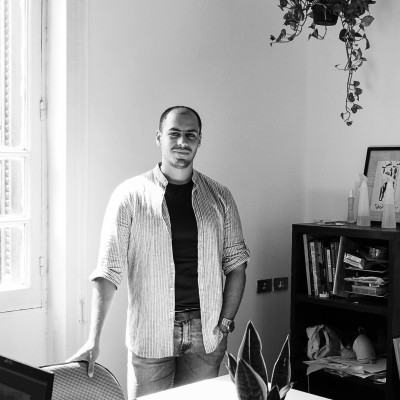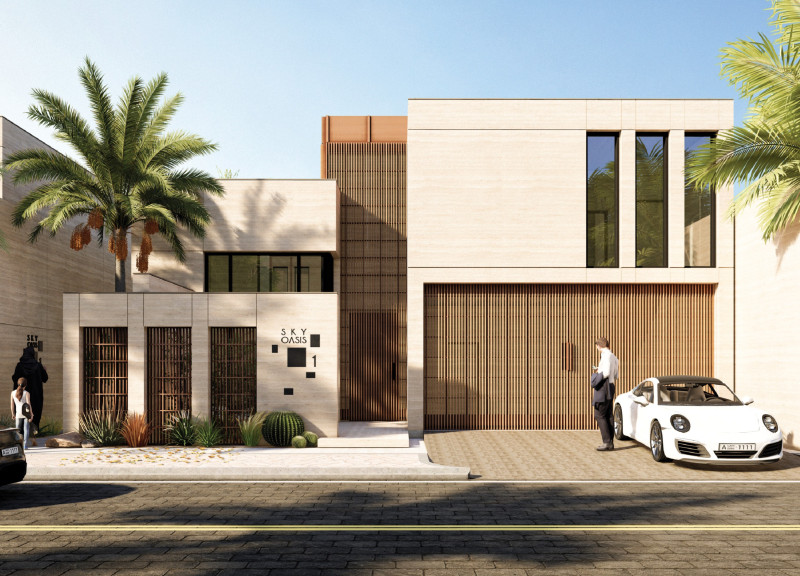5 key facts about this project
The primary function of the project is to create a dynamic environment that supports a variety of activities. Intended as a multifunctional space, it caters to diverse groups, promoting collaboration, social interaction, and creativity. The thoughtful arrangement of spaces facilitates a smooth flow of movement, encouraging users to engage with various sections of the building. Each area is designed with specific purposes in mind, from quiet corners for reflection to open collaborative zones that foster teamwork and innovation.
Architecturally, the project showcases a distinctive approach that integrates modern design principles with sustainable practices. The use of natural materials, such as wood and stone, fosters a connection to the surrounding environment while reinforcing a sense of place. Large windows and strategically placed skylights enhance the interiors, maximizing natural light and establishing a strong link between indoor and outdoor spaces. This design choice not only promotes energy efficiency but also creates an inviting atmosphere that enhances the overall experience for users.
The layout of the building is carefully considered, with an emphasis on accessibility and inclusivity. Circulation patterns are strategically organized to ensure ease of movement for all users, including those with disabilities. Outdoor areas are thoughtfully integrated into the overall design, offering green spaces that invite occupants to step outside and enjoy nature. These areas are not only functional but also contribute to the project's environmental goals by supporting local biodiversity and providing habitats for various species.
Unique design approaches are evident in several elements throughout the project. One notable aspect is the incorporation of renewable energy sources, such as solar panels and rainwater harvesting systems. These features not only reduce the building's ecological footprint but also serve as educational tools, demonstrating the potential of sustainable technologies to future occupants. Moreover, the architectural design includes innovative passive heating and cooling strategies that optimize energy consumption, further demonstrating a commitment to green building practices.
The design process has been characterized by collaboration and community engagement. By involving local stakeholders in the development of the project, the architecture reflects the cultural and historical context of the area, ensuring that it resonates with those who interact with it. This inclusive approach fosters a sense of ownership among community members and enhances the building's relevance within the local landscape.
Attention to detail is paramount in this architectural project. Materials have been selected not only for their aesthetic qualities but also for their durability and low maintenance requirements. Textures and colors complement the surrounding environment, allowing the building to blend seamlessly into its context. Interior finishes are chosen to create a warm and welcoming environment, while also reflecting the broader design ethos of sustainability and functionality.
This project stands as a testament to the potential of architecture to create spaces that are not only visually appealing but also deeply connected to their surroundings. It serves as a model for future developments that prioritize both environmental responsibility and social connectivity. For those interested in delving deeper into the architectural details, exploration of the project presentation, including architectural plans, sections, and other design insights, is encouraged. Engaging with the various elements of the project's architectural designs will provide a richer understanding of its conceptual framework and the thoughtful ideas that shaped its realization.


 Youssef Rafik Mustafa Mohammed,
Youssef Rafik Mustafa Mohammed,  Abdelrahman Salah Salama Mohamed Ghoneim,
Abdelrahman Salah Salama Mohamed Ghoneim, 























